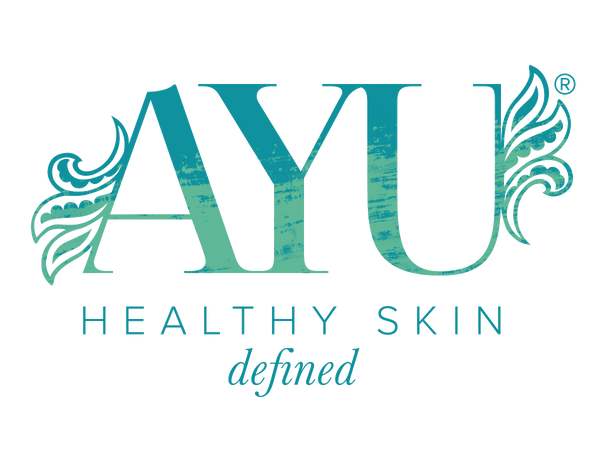What’s the science behind DHA, and how it interacts with the skin?
Dihydroxyacetone, or DHA, is the key active ingredient in most sunless tanning products. Naturally derived from sources like sugar cane or sugar beets, DHA works through a process called the Maillard reaction, a safe chemical interaction that creates a temporary tan.
When sunless tanning product is applied to the skin, DHA reacts with the amino acids in the outermost layer of dead skin cells, the stratum corneum. This reaction produces pigments called melanoidins, which give the skin a darker appearance, mimicking a sun-kissed tan. Importantly, DHA only affects the surface layer of the skin and does not penetrate deeper.
The U.S. Food and Drug Administration (FDA) has approved the topical use of DHA in sunless tanning products. According to the FDA’s guidelines:
- DHA should only be used externally, not ingested, inhaled, or applied to mucous membranes.
- During application, special care should be taken to avoid exposure to areas such as the eyes, lips, and nasal passages.
- If using a spray application, wearing protective measures like nose filters and eyewear is recommended to ensure DHA stays on the skin and is not inhaled.
These guidelines emphasize the importance of proper application methods to ensure DHA is used safely and effectively.
The tan created by DHA is temporary and fades naturally as the dead skin cells slough off. This occurs over 5–10 days, depending on your skin’s renewal cycle. Skin preparation (like exfoliation) and post-application care (such as moisturizing and using gentle cleansers) are key to maximizing results.
This FDA-approved, science-backed process makes DHA a safe and effective alternative to UV tanning, offering a beautiful, sun-kissed glow without the risks associated with sun exposure.
